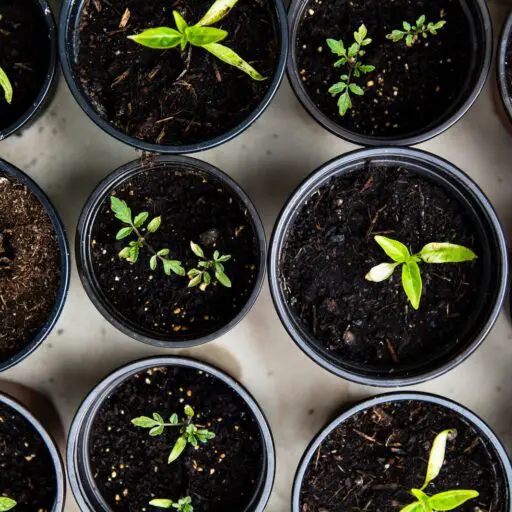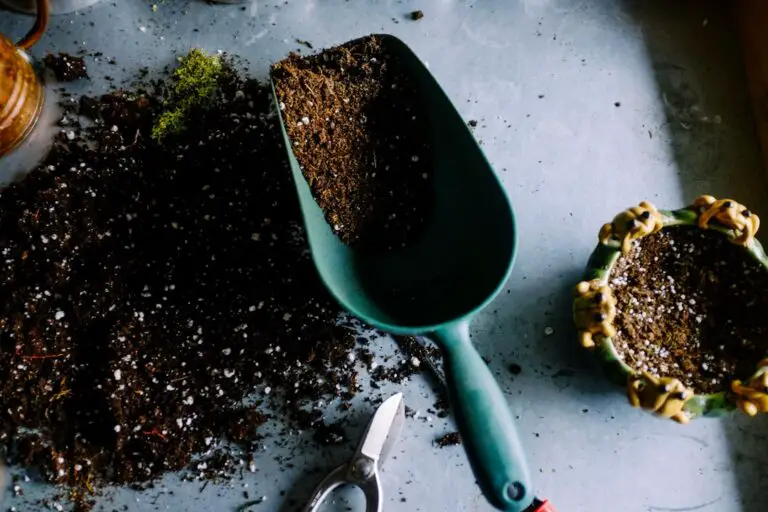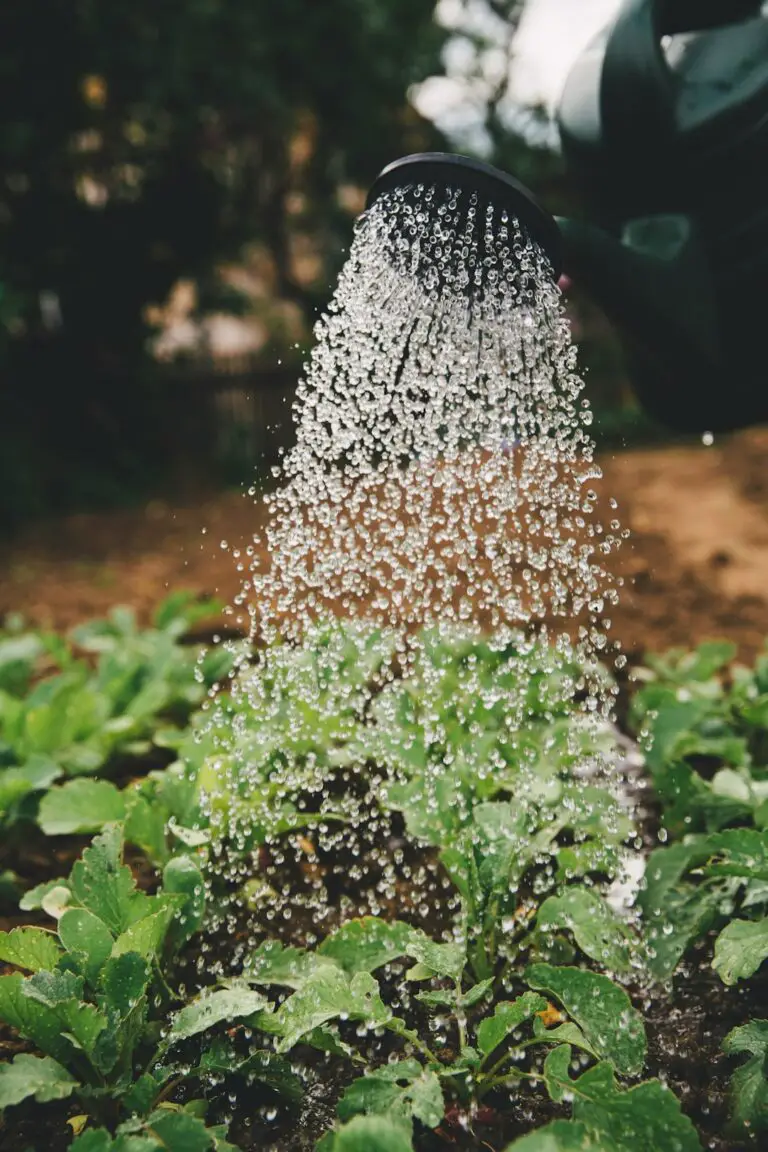Support our educational content for free when you purchase through links on our site. Learn more
Community gardens are blossoming across urban landscapes, transforming vacant lots into vibrant green spaces where neighbors unite to grow food, share knowledge, and cultivate friendships. But before you grab your trowel and start planting, it’s crucial to understand the rules and regulations that govern these communal plots. Did you know that nearly 1 in 3 community gardens face disputes over plot maintenance and resource sharing? Navigating these guidelines can make the difference between a flourishing garden and a tangled mess of misunderstandings.
In this article, we’ll explore 10 essential rules that every community gardener should know. From plot maintenance to conflict resolution, we’ll equip you with the knowledge to thrive in your community garden. So, whether you’re a seasoned gardener or just starting, stick around to uncover the secrets to a successful community gardening experience!
Key Takeaways
- Understand Local Regulations: Familiarize yourself with zoning laws and specific community garden guidelines in your area.
- Plot Maintenance is Key: Regular upkeep of your plot is essential for a harmonious garden environment.
- Conflict Resolution Strategies: Establish clear communication channels to address disputes effectively.
- Sustainability Practices Matter: Embrace organic gardening methods and water conservation techniques.
- Community Engagement: Participate in events and workshops to strengthen community ties and enhance your gardening experience.
Ready to gear up for your gardening journey? 👉 Shop Gardening Tools on: Amazon | Walmart | Home Depot. Happy gardening! 🌼
Table of Contents
Quick Tips and Facts
Understanding Community Garden Regulations: A Comprehensive Overview
The Evolution of Community Gardens: A Historical Perspective
Key Rules for Establishing a Community Garden
Essential Guidelines for Community Garden Management
Legal Considerations: Zoning and Land Use Regulations
Community Engagement: Building a Supportive Garden Community
Best Practices for Conflict Resolution in Community Gardens
Funding and Resources for Community Gardens
Environmental Considerations: Sustainability in Community Gardens
Innovative Ideas for Community Garden Projects
Conclusion
Recommended Links
FAQ
Reference Links
Quick Tips and Facts
- Community gardens are a fantastic way to grow food, build community, and promote sustainability! 🌱
- Rules vary by location, but common themes include plot maintenance, waste management, and community service requirements.
- Volunteer hours are often mandatory—typically around 5-6 hours per year! This helps keep the garden thriving and fosters a sense of community.
- Organic practices are encouraged or required in many gardens to promote health and sustainability.
- Conflict resolution is key—having clear communication channels can help resolve disputes quickly and amicably.
Understanding Community Garden Regulations: A Comprehensive Overview
Community gardens are not just about planting seeds; they come with a set of rules and regulations that help maintain harmony and productivity among gardeners. These regulations can vary widely depending on your location, but they generally cover several key areas:
Common Regulations
- Plot Maintenance: Gardeners must keep their plots tidy, which includes regular weeding and harvesting.
- Watering Rules: Shared water resources often come with time limits to ensure everyone has access.
- Composting Guidelines: Only specific materials can be composted, typically excluding household waste.
- Community Service: Many gardens require members to contribute a set number of volunteer hours annually.
For a deeper dive into the benefits of community gardens, check out our article on Benefits of Community Gardens.
The Evolution of Community Gardens: A Historical Perspective
Community gardens have a rich history dating back to the victory gardens of World War I and II, where citizens were encouraged to grow their own food to support the war effort. Over the decades, these gardens have transformed into spaces for community engagement, education, and environmental stewardship.
Key Historical Milestones
- 1940s: Victory gardens became popular, promoting self-sufficiency.
- 1970s: The community gardening movement gained momentum in urban areas, focusing on food security and community building.
- 2000s: The rise of sustainability awareness led to a resurgence in community gardens, often emphasizing organic practices.
Key Rules for Establishing a Community Garden
Setting up a community garden? Here are some key rules you’ll likely encounter:
1. Location and Zoning
- Ensure the land is zoned for agricultural use. Check local regulations for any restrictions.
2. Plot Size and Layout
- Most community gardens have standardized plot sizes, often around 10 feet by 20 feet.
3. Garden Structure Approval
- Any structures (like raised beds or fences) usually require prior approval.
4. Maintenance Responsibilities
- Gardeners must commit to maintaining their plots and surrounding areas regularly.
5. Waste Management
- Adhere to specific waste disposal guidelines, often prohibiting dumping outside designated areas.
Essential Guidelines for Community Garden Management
Managing a community garden involves more than just planting. Here are some essential guidelines:
Regular Meetings
- Hold regular meetings to discuss garden issues, plan events, and foster community spirit.
Conflict Resolution
- Establish clear procedures for resolving disputes among gardeners. Open communication is key!
Community Engagement
- Encourage participation in events and workshops to strengthen community ties.
Sustainability Practices
- Promote organic gardening and sustainable practices to enhance environmental benefits.
Legal Considerations: Zoning and Land Use Regulations
Before you dig in, it’s crucial to understand the legal landscape surrounding community gardens:
Zoning Laws
- Check local zoning laws to ensure the land can be used for gardening. Some areas may have restrictions on what can be grown.
Liability Insurance
- Consider obtaining liability insurance to protect against potential accidents or injuries.
Permits
- Some municipalities require permits for community gardens, especially if they are on public land.
For more information on community garden policies, visit our section on Community Garden Policies.
Community Engagement: Building a Supportive Garden Community
A thriving community garden is built on strong relationships. Here’s how to foster engagement:
Host Events
- Organize seasonal events, such as harvest festivals or planting days, to bring everyone together.
Create a Newsletter
- Keep gardeners informed about upcoming events, tips, and community news through a regular newsletter.
Social Media Groups
- Utilize platforms like Facebook or WhatsApp to create a community group for sharing updates and tips.
Best Practices for Conflict Resolution in Community Gardens
Disputes can arise in any community setting, but having a plan can help:
Establish Ground Rules
- Set clear expectations for behavior and responsibilities from the start.
Open Communication
- Encourage gardeners to voice concerns directly and respectfully.
Mediation
- If conflicts escalate, consider appointing a neutral party to mediate discussions.
Funding and Resources for Community Gardens
Funding can be a challenge, but there are many resources available:
Grants
- Look for local, state, and federal grants aimed at community development and gardening initiatives.
Sponsorships
- Partner with local businesses for sponsorships or donations of materials.
Fundraising Events
- Organize community events to raise funds for garden maintenance and improvements.
Environmental Considerations: Sustainability in Community Gardens
Community gardens can play a significant role in promoting sustainability:
Organic Practices
- Encourage the use of organic fertilizers and pest control methods to protect the environment.
Water Conservation
- Implement rainwater harvesting systems or drip irrigation to conserve water.
Biodiversity
- Promote planting a variety of species to support local wildlife and pollinators.
Innovative Ideas for Community Garden Projects
Looking to spice things up in your community garden? Here are some innovative project ideas:
Pollinator Gardens
- Create dedicated spaces for pollinator-friendly plants to attract bees and butterflies.
Educational Workshops
- Host workshops on topics like composting, organic gardening, or cooking with fresh produce.
Art Installations
- Collaborate with local artists to create murals or sculptures that enhance the garden’s aesthetic.
Conclusion

Community gardens are a beautiful blend of nature, community, and sustainability. By understanding and following the rules and regulations, you can help create a thriving space for everyone involved. Remember, the key to a successful garden lies not just in the soil but in the relationships you cultivate! 🌼
For more insights and resources, check out our Recommended Links, explore our FAQ, and dive into our Reference Links. Happy gardening! 🌿
Conclusion

In summary, community gardens are not just patches of green; they are vibrant ecosystems that foster community spirit, sustainability, and healthy living. By adhering to the rules and regulations outlined in this article, you can help ensure your garden thrives and remains a welcoming space for all.
Positives of community gardens include:
- Community Building: They create a sense of belonging and encourage social interaction.
- Sustainability: Promote organic practices and biodiversity.
- Health Benefits: Access to fresh produce and physical activity.
Negatives can include:
- Conflicts: Disputes may arise over plot maintenance or resource sharing.
- Regulatory Challenges: Navigating local laws and regulations can be cumbersome.
Despite these challenges, we confidently recommend getting involved in a community garden. The benefits far outweigh the drawbacks, and the experience can be incredibly rewarding! 🌻
Recommended Links
- 👉 Shop Gardening Tools on: Amazon | Walmart | Home Depot
- Books on Community Gardening:
FAQ

What are the standard guidelines for plot sizes in community gardens?
Standard Plot Sizes
Most community gardens have standardized plot sizes, typically ranging from 10 feet by 10 feet to 10 feet by 20 feet. These dimensions allow for manageable gardening while maximizing space efficiency. Some gardens may offer larger plots for those who wish to grow more.
Read more about “Unlocking 10 Incredible Community Garden Benefits 🌱 …”
Are there restrictions on the types of plants I can grow in a community garden plot?
Plant Restrictions
Yes, many community gardens have restrictions on certain types of plants. For instance, invasive species, woody plants, and large trees are often prohibited to prevent overcrowding and maintain harmony within the garden. Always check your local garden’s guidelines for specifics.
How are water usage and conservation typically managed in community gardens?
Water Management
Water usage is usually managed through shared hoses or irrigation systems. Many gardens implement a time limit on watering to ensure fair access. Conservation practices, such as rainwater harvesting or drip irrigation, are often encouraged to minimize waste.
Read more about “Transform Your Neighborhood with 10 Inspiring Community Gardening Ideas 🌱 …”
What are the common rules regarding the use of pesticides and herbicides in community gardens?
Pesticide Regulations
Most community gardens require gardeners to use organic pest control methods. Chemical pesticides and herbicides are often banned to protect the environment and the health of all gardeners. Always consult your garden’s policy for specific guidelines.
Read more about “20+ Genius Ways to Ignite Community Gardening in Your Neighborhood! 🌱”
What are the expectations for plot maintenance and addressing neglect in community gardens?
Maintenance Expectations
Gardeners are typically expected to maintain their plots regularly, including weeding, watering, and harvesting. If a plot is neglected, gardeners may receive warnings and a timeline to address the issues before potential reassignment of the plot.
Read more about “20 Incredible Community Garden Benefits to Transform Your Neighborhood 🌱 …”
How are disputes between gardeners typically resolved in community gardens?
Conflict Resolution
Disputes are usually resolved through open communication, with many gardens having designated mediators or committees to handle conflicts. Establishing clear rules and encouraging dialogue can help prevent issues from escalating.
What are the rules about sharing harvests or selling produce grown in community gardens?
Harvest Sharing and Selling
Most community gardens allow gardeners to share their harvests with fellow members but may have restrictions on selling produce. Selling often requires special permissions or permits, so it’s essential to check with your garden’s management.
Are there any regulations concerning composting or other sustainable practices in community gardens?
Composting Regulations
Composting is generally encouraged, but specific guidelines often apply. Only certain materials, such as non-invasive plant waste, are allowed. Household waste is typically prohibited to maintain cleanliness and prevent pests.
What are the rules about accessibility and inclusivity for community garden participants?
Accessibility and Inclusivity
Community gardens strive to be inclusive and accessible. Many gardens implement ADA-compliant pathways and facilities. It’s crucial to communicate any specific needs to garden management to ensure everyone can participate fully.
Reference Links
- Community Garden Rules and Responsibilities
- Portland Parks & Recreation Community Gardens Policies
- Community Garden Start-Up Guide
- Organic Materials Review Institute
- Benefits of Community Gardens
- Community Garden Policies
By following these guidelines and engaging with your community, you can cultivate not just plants, but friendships and a healthier environment. Happy gardening! 🌼




